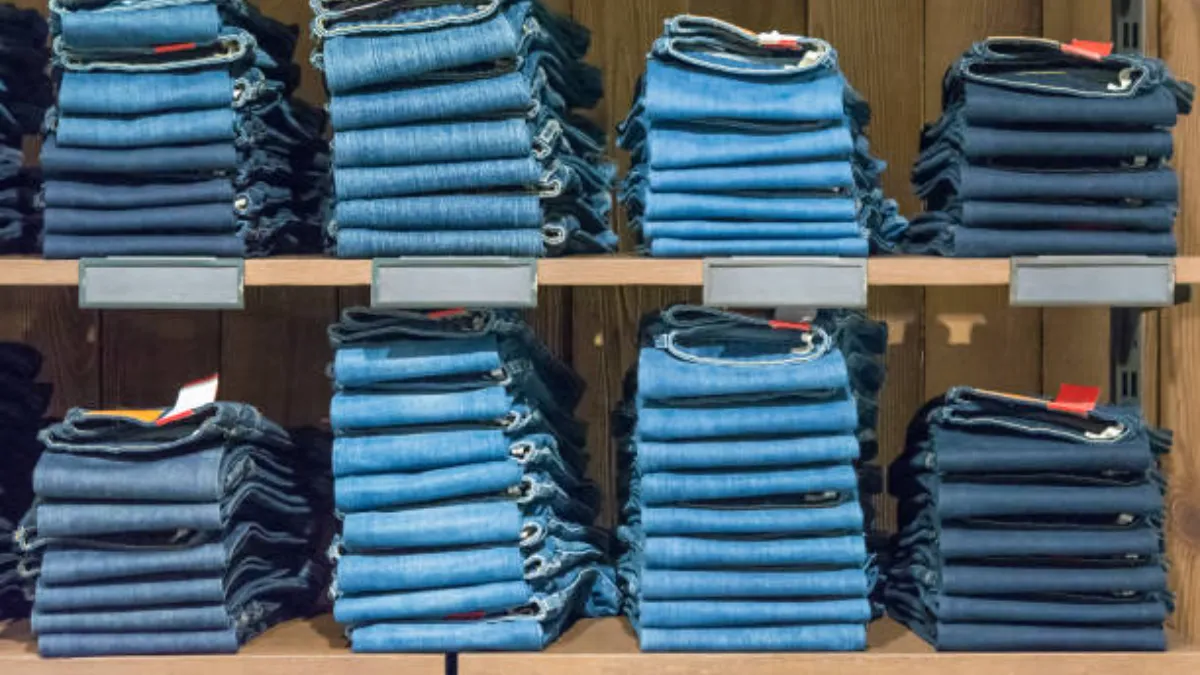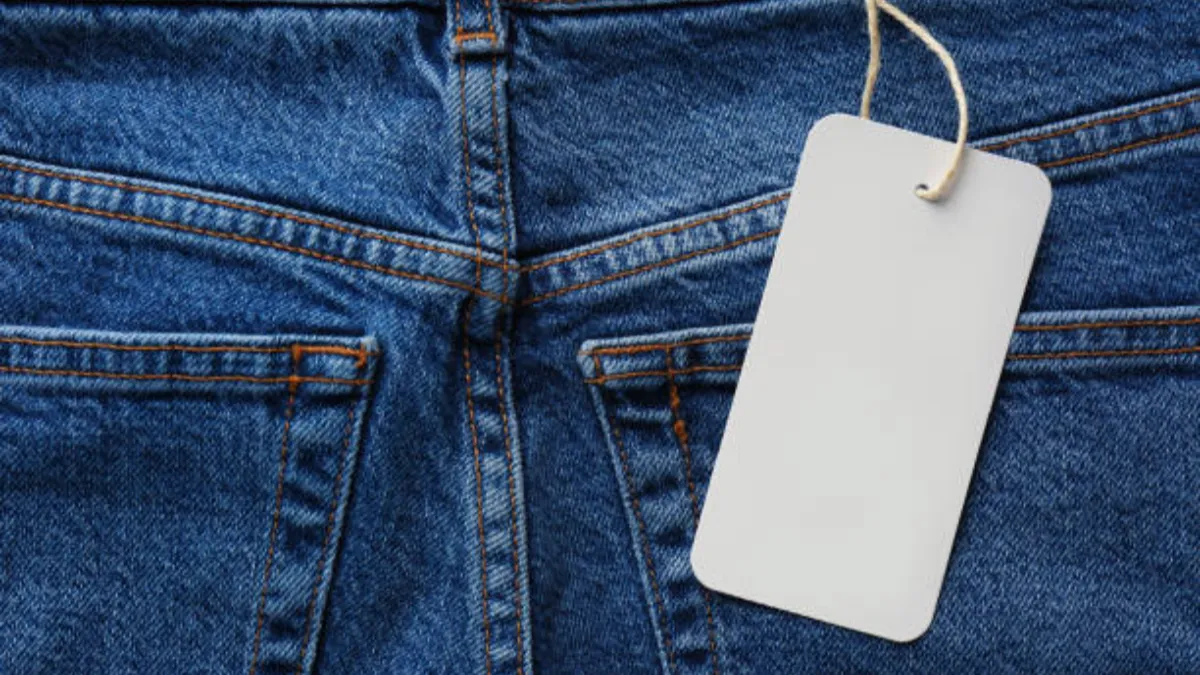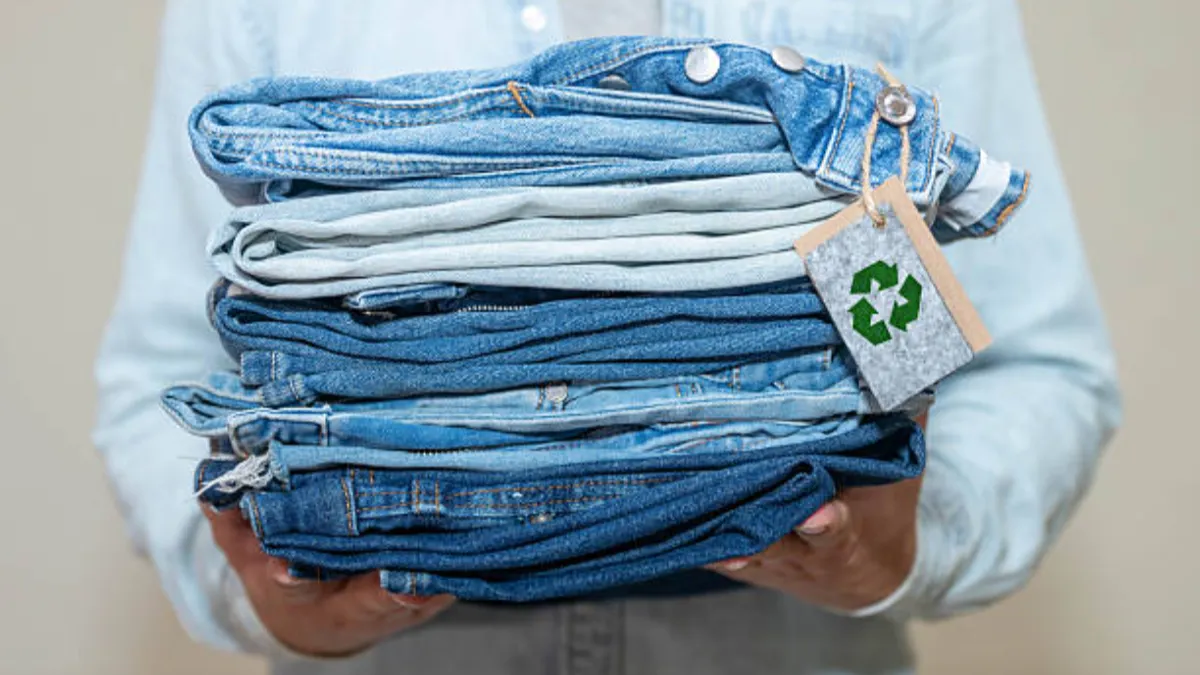Dril, un tejido icónico conocido por su durabilidad y versatilidad, ha evolucionado significativamente en el mundo de la moda. Mientras que el denim crudo es apreciado por su naturaleza intacta, la mayoría de los consumidores optan por la mezclilla lavada por su comodidad., estilo, y el aspecto vivido que ofrece. Técnicas de lavado de mezclilla., Desde el lavado a la piedra hasta las modernas innovaciones del lavado con enzimas y láser., impactan tanto el aspecto como la longevidad de la tela.
En este artículo, Nos sumergiremos en los diferentes tipos de lavados de mezclilla., sus efectos en el tejido, su impacto ambiental, y proporcionar información sobre cómo los fabricantes equilibran la estética con la durabilidad..
Lavado de mezclilla y sus efectos
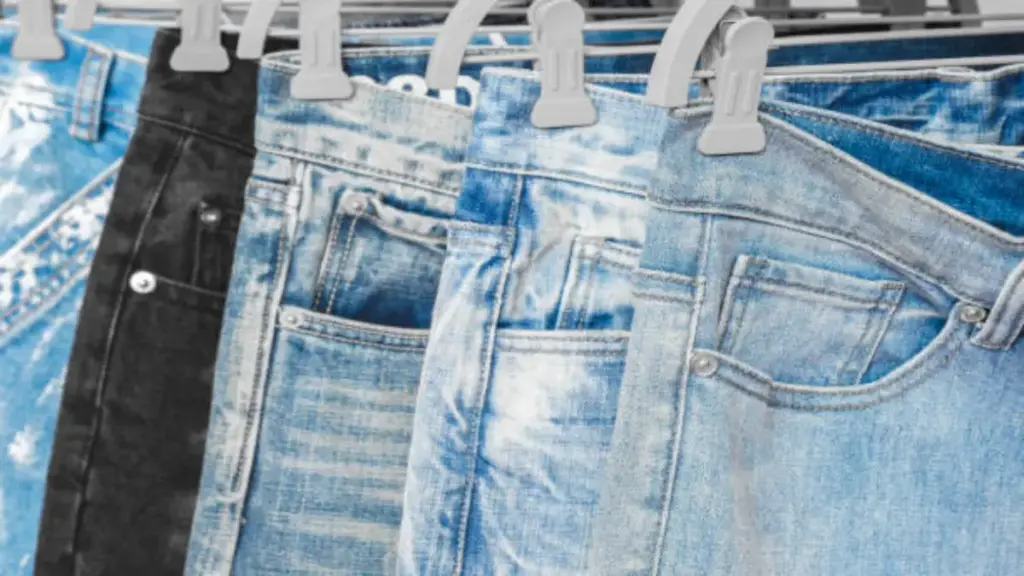
Cuando compras por primera vez un par de jeans de mezclilla, a menudo están rígidos, oscuro, y rígido. Esto se debe a que la mezclilla comienza cruda., tela sin tratar. El proceso de lavado es lo que lo transforma en cómodo., par elegante que usamos todos los días. Sin embargo, El método utilizado para lavar la mezclilla influye en gran medida en la apariencia y sensación final de la tela..
En esencia, El lavado de mezclilla rompe las capas exteriores de tinte índigo.. Esta es la razón por la que el resultado más común al lavar la mezclilla es la decoloración: el tinte índigo., que se asienta en la superficie de la tela, se elimina gradualmente. El objetivo es lograr un desvanecimiento., Aspecto desgastado que coincide con el gusto del consumidor.. En algunos casos, Los procesos de lavado también pueden suavizar la tela., haciéndolo más cómodo de usar. Sin embargo, Estas técnicas también conllevan compensaciones., particularmente en lo que respecta a la durabilidad de la tela y el impacto ambiental.
Tipos comunes de lavado de mezclilla
En la siguiente sección, exploraremos los tipos comunes de lavado de mezclilla. Para más detalles, haga clic en nuestro soluciones de lavado de mezclilla.
Lavado de piedra
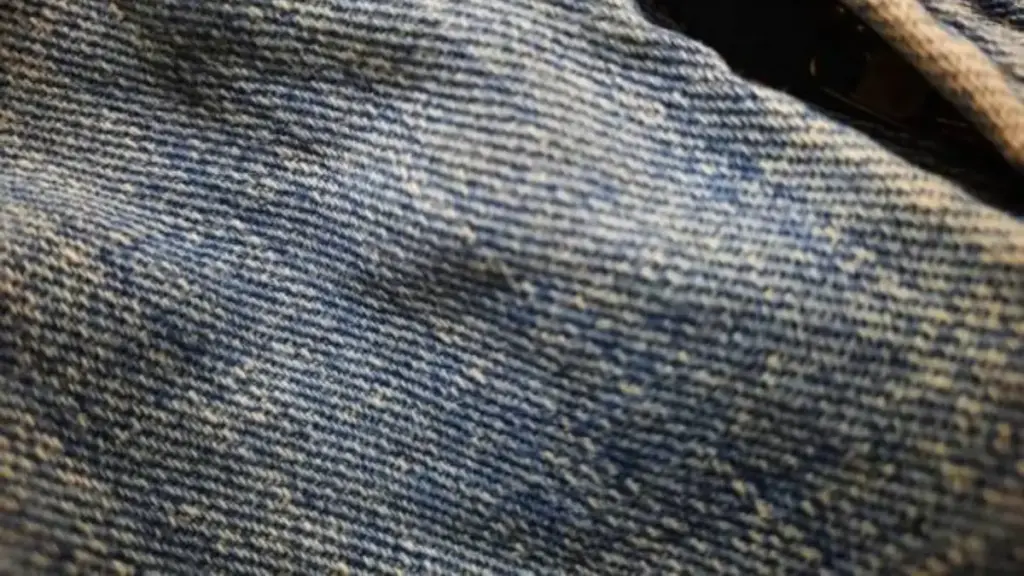
El lavado de piedras es una de las técnicas más conocidas, que data de la década de 1980. Este método utiliza piedras pómez que se hacen rodar con prendas de mezclilla en grandes máquinas industriales.. Las piedras desgastan la tela., haciendo que el tinte índigo se desvanezca y la tela se suavice.
Efecto en la mirada: La mezclilla lavada a la piedra tiene un aspecto descolorido., apariencia desgastada, a menudo con marcas angustiosas aleatorias.
Sensación de la tela: La tela se vuelve notablemente más suave., con un “irrumpido” sentir. Sin embargo, el uso excesivo puede provocar que la tela se adelgace.
Mejor uso: La mezclilla lavada a la piedra se usa típicamente en ropa informal., jeans de estilo vintage y otras prendas relajadas.
Impacto ambiental: El lavado de piedras requiere una cantidad importante de agua y energía.. Además, las piedras pómez utilizadas en el proceso generan residuos de difícil eliminación, lo que lo convierte en una opción menos sostenible en comparación con los métodos modernos.
Lavado en la enzima
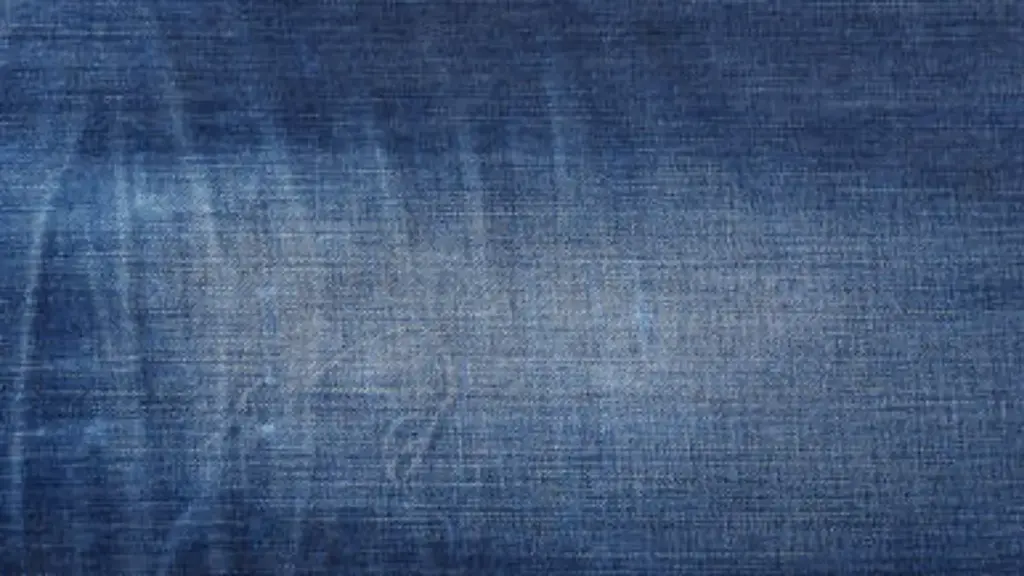
El lavado enzimático utiliza enzimas celulasas para descomponer el tinte índigo de las fibras de algodón.. Las enzimas imitan los efectos del lavado con piedra pero con mucha menos abrasión física., haciéndolo más suave con la tela.
Efecto en la mirada: La mezclilla lavada con enzimas muestra un desvanecimiento natural con patrones de uso más precisos. Es menos aleatorio que el lavado de piedras..
Sensación de la tela: La tela permanece suave pero no sufre el adelgazamiento excesivo que conlleva el lavado a la piedra..
Mejor uso: Esta técnica es la preferida por las marcas de moda sostenible y aquellas que buscan un estilo más refinado., aspecto menos desgastado.
Impacto ambiental: El lavado con enzimas es mucho más ecológico que el lavado a la piedra. Utiliza hasta 50% Menos agua y reduce los residuos químicos., convirtiéndolo en la opción preferida de las marcas conscientes del medio ambiente..
Lavado ácido
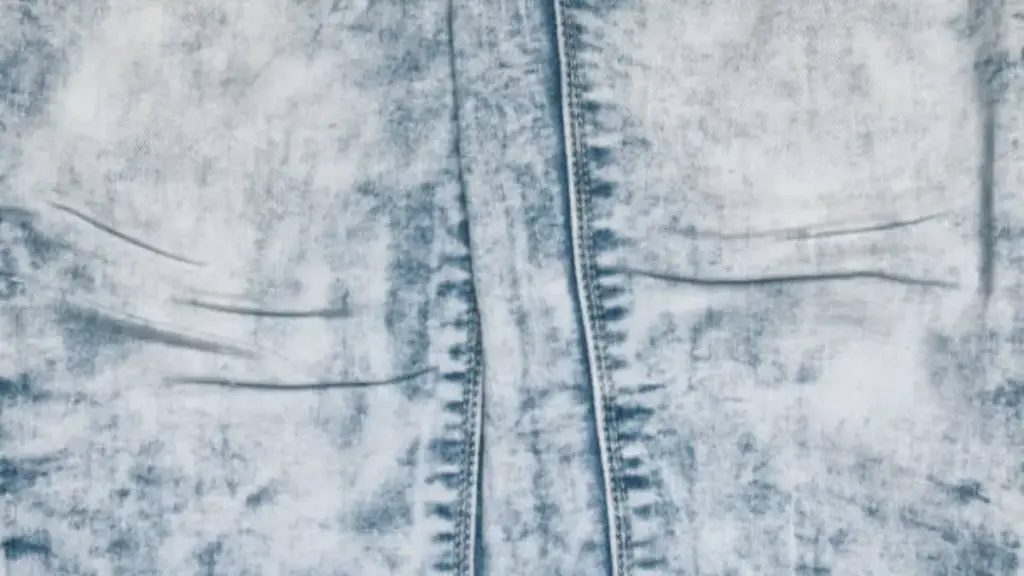
El lavado con ácido es una técnica que implica el uso de lejía o cloro para crear una apariencia austera., desvanecimiento de alto contraste en mezclilla. Generalmente se incluyen piedras pómez para agregar textura., pero el efecto principal proviene de la reacción química entre la lejía y la tela..
Efecto en la mirada: La mezclilla lavada con ácido tiene una apariencia muy distintiva con detalles atrevidos., parches blanqueados.
Sensación de la tela: La tela tiende a sentirse más rígida en comparación con la mezclilla lavada con enzimas o lavada a la piedra..
Mejor uso: Popular en los años 1980 y 90, La mezclilla lavada con ácido a menudo se asociaba con la moda punk rock y sigue siendo una tendencia., mirada de alto contraste.
Impacto ambiental: El lavado con ácido plantea importantes riesgos ambientales debido a los productos químicos involucrados, particularmente cloro. La eliminación inadecuada de los residuos de este proceso puede provocar una contaminación química nociva..
Enjuague
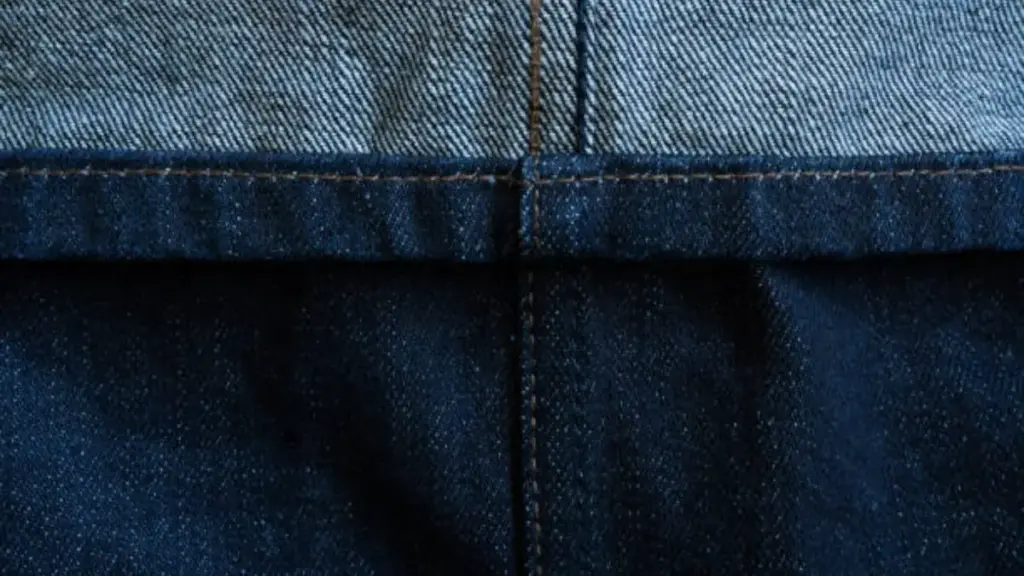
El lavado con enjuague es la técnica más sencilla.. en este proceso, La mezclilla se lava con agua para eliminar el exceso de tinte y cualquier agente de acabado utilizado durante el lavado. proceso de fabricación. Esto da como resultado una prenda vaquera que conserva gran parte de su color original., con un mínimo desvanecimiento.
Efecto en la mirada: La tela luce limpia y uniforme., con un mínimo desvanecimiento.
Sensación de la tela: La mezclilla lavada con enjuague permanece rígida y firme., similar al denim crudo.
Mejor uso: El lavado con enjuague es ideal para quienes desean un proceso básico de cuidado de la mezclilla con pocos cambios en la apariencia de la tela..
Mezclilla
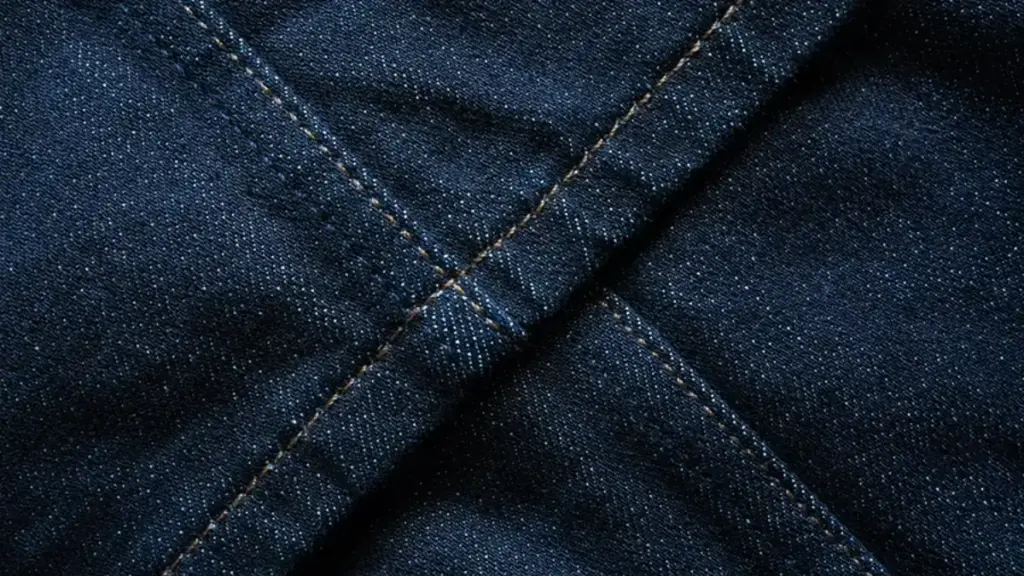
Mezclilla, como sugiere el nombre, Es mezclilla que no ha sido lavada después de teñirla.. Conserva su profundo color índigo y permanece rígido hasta que el usuario lo asienta..
Efecto en la mirada: La tela se desvanecerá gradualmente y desarrollará patrones de uso únicos con el tiempo., dependiendo de cómo se use.
Sensación de la tela: La mezclilla cruda es muy rígida cuando se compra por primera vez., y se suaviza con el tiempo con el uso.
Mejor uso: Los entusiastas del denim crudo suelen apreciar el proceso de “irrumpiendo” la tela, permitiendo que la mezclilla se ajuste a su cuerpo y desarrolle un desvanecimiento personalizado.
Técnicas de lavado de mezclilla modernas y sostenibles

Con la creciente demanda de soluciones más ecológicas, La industria del denim ha comenzado a avanzar hacia métodos de lavado más sostenibles.. Estos métodos ofrecen mayor precisión., utilizar menos recursos, y prolongar la vida útil del tejido en comparación con las técnicas tradicionales..
Acabado láser
La tecnología láser ha cambiado las reglas del juego en el lavado de mezclilla.. Usando energía luminosa concentrada, Los láseres pueden crear patrones de desvanecimiento., efectos angustiosos, e incluso diseños complejos en mezclilla.. La belleza del acabado láser es que no requiere agua., convirtiéndolo en una opción altamente sostenible.
Efecto en la mirada: El acabado láser permite un control altamente controlado., desvanecimiento preciso, creando patrones nítidos y detallados.
Sensación de la tela: El tejido conserva su integridad mejor que con el lavado a la piedra o con ácido., ya que hay una mínima abrasión física.
Mejor uso: Ideal para gama alta, Marcas de denim premium que buscan precisión y sostenibilidad..
Lavado de ozono
El lavado con ozono utiliza gas ozono. (O₃) para oxidar el tinte índigo, similar al lavado con ácido pero sin los químicos dañinos. Este método no contiene químicos y reduce el uso de agua hasta 70%.
Efecto en la mirada: El lavado con ozono produce una decoloración sutil, con un contraste menos marcado que el lavado con ácido.
Sensación de la tela: La tela sigue siendo relativamente fuerte y no sufre el mismo nivel de daño que con las técnicas de lavado tradicionales..
Mejor uso: Adecuado para marcas que buscan sostenibilidad, Decoloración sin productos químicos con mínimo impacto ambiental..
Técnicas combinadas e híbridas
Muchos fabricantes combinan ahora diferentes métodos de lavado para lograr efectos más complejos y creativos y, al mismo tiempo, mejorar la sostenibilidad.. A continuación se muestra una tabla sobre técnicas de combinación comunes.:
| Tipo de lavado de mezclilla | Efecto en la mirada | Sensación de la tela | Mejor uso |
| Enzima + Lavado de piedra | Desteñido, aspecto suave con patrones de desgaste pronunciados. | Suave sin adelgazamiento excesivo. | Marcas de denim premium que buscan una estética desgastada pero sostenible. |
| Láser + Lavado en la enzima | Desvanecimiento preciso y diseños intrincados con desvanecimiento natural.. | Suave, durable, y diseño único. | Marcas que crean alta calidad., mezclilla compleja con objetivos de sostenibilidad. |
| Ozono + Lavado en la enzima | Desvanecimiento sutil con menos daño a la tela.. | Suave, conserva la fuerza. | Marcas con conciencia ecológica que buscan refinamiento, mezclilla sustentable. |
| Láser + Lavado de piedra | Desvanecimiento detallado con mayor robustez. | Texturizado y suave, con un aire vintage. | Marcas que desean un producto resistente, detallado, y aspecto de alta gama. |
| Enzima + Lavado ácido | Desvanecimiento de alto contraste, con una negrita, mirada nerviosa. | Suave con una sensación más desgastada.. | Marcas que buscan audacia, vanguardista, y estilos de mezclilla únicos. |
Impacto de las nuevas técnicas
Métodos tradicionales de lavado de mezclilla., como lavado con piedra y ácido, tienen importantes inconvenientes medioambientales. Estos procesos consumen grandes cantidades de agua., energía, y quimicos, contribuyendo al agotamiento de los recursos y a la contaminación. Por ejemplo, El lavado de piedras requiere 50-70 litros de agua por kilogramo de mezclilla, mientras que el lavado con ácido implica productos químicos nocivos como el cloro. Estos métodos no sólo acortan la vida útil de la tela sino que también aumentan la huella ambiental..
Sin embargo, la aparición de nuevas tecnologías de lavado, como la enzima, láser, y lavados de ozono, ha revolucionado la industria. Estas técnicas reducen el uso de agua hasta en 90% y minimizar los residuos químicos, proporcionando una solución más sostenible. Al incorporar estas innovaciones, Los fabricantes de mezclilla pueden lograr acabados de alta calidad y al mismo tiempo reducir significativamente su impacto ambiental..
Consejos para el cuidado y mantenimiento de la mezclilla

Gracias a innovaciones como la enzima, láser, y lavado con ozono, los fabricantes logran una alta calidad, acabados sostenibles. Sin embargo, El cuidado adecuado después de la compra es clave para preservar la longevidad y la apariencia de su mezclilla.. A continuación se ofrecen algunos consejos sencillos para mantener su mezclilla en óptimas condiciones.:
- lavar menos: No es necesario lavar la mezclilla después de cada uso.. Lava tus jeans cada 4 a 6 usos para evitar que la tela se adelgace y se decolore..
- Dar la vuelta al revés: Siempre voltea tus jeans al revés antes de lavarlos para proteger la tela y preservar el color..
- Usa agua fría: Lave la mezclilla en agua fría para evitar que se encoja y pierda color..
- Evite los suavizantes de telas: Estos pueden debilitar la elasticidad de la tela.. En cambio, optar por suave, detergentes que no dañan el color.
- Secar al aire: Saltar la secadora. Secar tus jeans al aire ayuda a mantener su forma y previene el daño por calor..
- Manchas limpias: En lugar de lavar toda la prenda, Limpiar áreas específicas para minimizar el desgaste..
Conclusión
Para fabricantes, El desafío es equilibrar el atractivo estético con la sostenibilidad.. Mientras que los métodos tradicionales ofrecen un aspecto vintage, A menudo conllevan importantes costes medioambientales.. En contraste, Las técnicas modernas proporcionan mayor precisión., durabilidad, y respeto al medio ambiente. Al final, El lavado correcto no se trata sólo de la apariencia: se trata de crear mezclilla que sea elegante., durable, y responsable.
En Changhong, Estamos comprometidos con la producción sostenible de mezclilla que cumpla con los estándares ambientales y de calidad.. Elíjanos para darle vida a sus diseños de mezclilla con una huella más ecológica.
Preguntas frecuentes
- ¿Cuál es la diferencia entre jeans con lavado a la piedra y lavado con enzimas??
El lavado a la piedra utiliza piedras pómez que causan abrasión y decoloración., mientras que el lavado enzimático utiliza enzimas celulasas para una limpieza más suave., desvanecimiento más sostenible. El método de la piedra crea una forma más irregular., Aspecto vintage pero daña las fibras más significativamente..
- ¿Puedo lavar los jeans a la piedra en casa de forma segura??
El lavado de piedras en casa requiere piedras pómez y una lavadora de tambor grande. Use piedras pequeñas a medianas y controle el proceso cuidadosamente para evitar daños excesivos a la mezclilla..
- Cómo quitar las manchas de grasa de la mezclilla de forma eficaz?
Pretratar con líquido lavavajillas y quitamanchas específicos., observar la compatibilidad con el lavado de telas. Aplicar el limpiador directamente sobre la mancha., trabaje suavemente en, y lavar como de costumbre.


